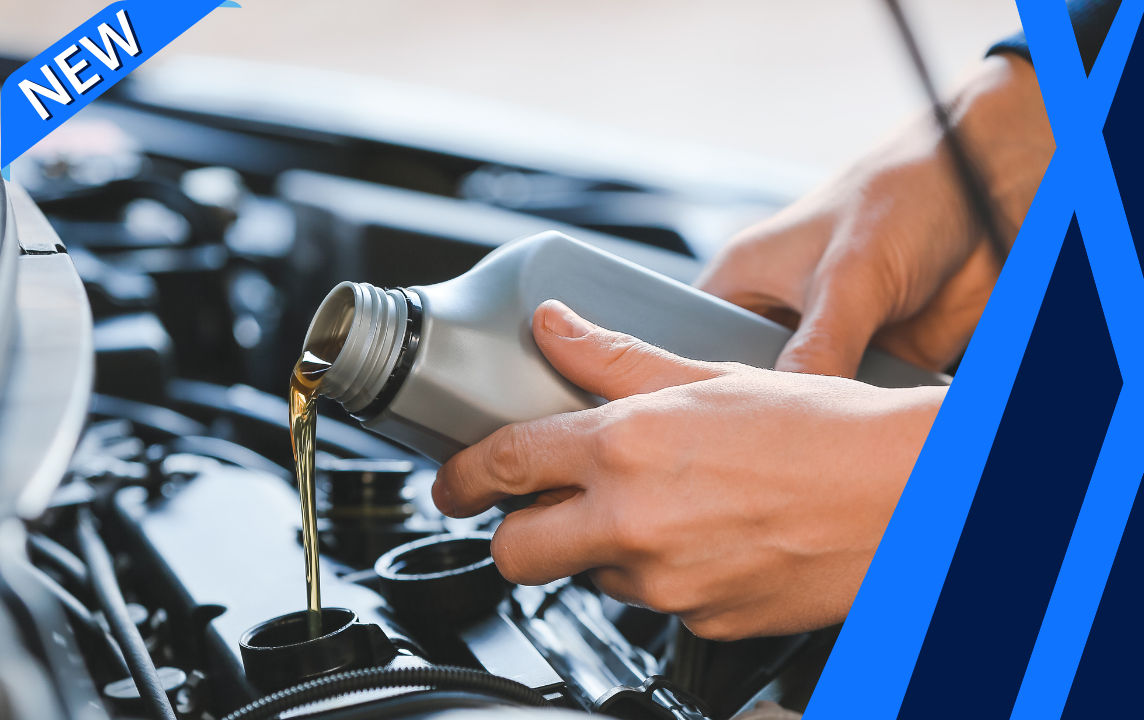Description
Fuel Pressure Sensor Replacement
What is the Fuel Pressure Sensor all about?
In fuel-injected and diesel engines, fuel rail pressure sensors monitor the pressure in the fuel rail and report the reading to the engine control module. If any drop in pressure is detected, the engine control module compensates so that the fuel pump can restore the proper pressure. A valve controls this pressure; if the sensor ever fails, you should replace it. Sometimes, the entire fuel rail may need to be replaced, but the sensor is a weak point in the loop that is more prone to damage.
If the sensor is working properly, only the amount of fuel that is needed to make the engine run properly will be delivered. Minimal excess fuel will be circulated back to the tank in the fuel return line.
Keep in mind:
- Other problems such as a faulty crank position sensor, cam position sensor, airflow sensor, boost pressure sensor, and temperature sensor can mimic symptoms of a bad fuel rail sensor.
- Starting problems may have myriad causes that are entirely unrelated to sensors.
How it’s done:
- The fuel pressure is bled and the battery is disconnected
- The defective fuel rail sensor is removed
- The new fuel rail sensor is installed
- The battery is reconnected
- The repair is verified and the vehicle road tested for proper operation
Our recommendation:
The fuel rail sensor is not part of a maintenance check and is only addressed when it fails. If you suspect a problem with your fuel rail sensor or fuel delivery system, have one of our expert mechanics inspect and replace the fuel rail sensor if necessary.
What common symptoms indicate you may need to replace the Fuel Pressure Sensor?
- Car won’t start
- Car runs erratically
- Check Engine light comes on and stays on
How important is this service?
If your fuel rail sensor is faulty, you may experience difficulty starting the engine or poor performance that could cause trouble in traffic. Have a failed fuel rail sensor replaced as soon as possible.




